Black Berkey® Purification Element (Set of 2)
$225.00
1 set includes two 9″ Black Berkey® Purification Elements with 2 washers, 2 wing nuts, and 1 priming button
Out of stock
- Installs in the upper chamber of any Berkey system. Elements can also be used to upgrade most other gravity-fed water filter systems
- 1 set includes two 9″ Black Berkey® Purification Elements with 2 washers, 2 wing nuts, and 1 priming button (1 single filter may also be purchased)
- Each filter is designed to purify approximately 3,000 gallons / 11,000 litres (6000 gallons/22,000 litres per set of two) – Depending on water source quality and usage, provide you with 3-5 years of efficient water purification.
- Tested by USA State & EPA accredited laboratories to exceed EPA & ANSI/NSF (Std. 53) protocol.
- Removes Bacteria, Chlorine, Chloramines, Heavy Metals, Pharmaceuticals and more
- Each Black Berkey filter set has a filtration life of 22,000 Litres = 44,000 500ml water bottles!
- That’s retail cost of over $7000 for bottled water!
- Powerful enough to remove most biological and chemical contaminants without removing beneficial minerals
- Re-cleanable and self-sterilizing during the life of the element
- Durable and efficient
- Very economical- filters
- Elements come with a 2-year, pro-rated warranty
- How to Prime the Black Berkey Elements Video: Click Here
- Test for Black Berkey Water Filters: Click Here
Black Berkey® Purification Elements are more powerful than any other gravity filter element currently available. In fact, we tested the Black Berkey® purification elements with more than 10,000 times the concentration of pathogens per litre than is required by standard test protocol. This concentration of pathogens is so great that the post-filtered water should be expected to contain 100,000 or more pathogens per litre (99.99% reduction – the requirement for pathogenic removal). Incredibly the purification elements removed 100%. Absolutely no pathogens were cultured from the effluent or were able to be detected, even under an electron microscope, setting a new standard in water purification.
How do the Black Berkey® Purification Elements work?
We at Berkey Canada want you to be educated about water purification. This will allow you to make an informed decision on something as important as the quality of your drinking water. Since water filtration is a complex science, we try to use familiar terms when possible so the explanation is easier to understand. Several methodologies are used to produce the Black Berkey® purification elements.
MICROFILTRATION
The first line of defense is that Berkey® purification elements are composed of a proprietary formulation of more than six different media types, all constructed into a very compact matrix containing millions of microscopic pores. These pores are so small that they produce what we refer to as a “Tortuous Path” that pathogenic bacteria, cysts, parasites, herbicides, pesticides, organic solvents, VOC’s, detergents, cloudiness, silt, sediment and sedimentary minerals, foul tastes and odors must travel through. These paths are so small that these pollutants physically cannot pass through them and become trapped, eliminating them from your drinking water. This process is known as microfiltration.
Click here, to view a video that explains microfiltration.
ADSORPTION
Secondly, our media formulation uses unique adsorption and absorption properties. Adsorption works to create an ionic barrier similar to surface tension. This barrier is perfectly suited to the microporous water filter because it effectively allows the tiny pores to block water contaminants that are smaller than the pore size itself. This blocking process is how the Berkey® water filter is able to remove submicron viruses that other brands of water filters cannot, without the use of obnoxious chemicals like iodine or chlorine. Next, the heavy metals ions (mineral molecules) such as cadmium, chromium, copper, lead, mercury, aluminum, and other dangerous heavy metals are extracted from the water through an Ion exchange process where they are attracted to and transformed by electrically bonding to the media.
Click here, for a better understanding of adsorption.
FLOW RATE
Finally, Berkey® systems are so effective at removing contaminants from water because of the extremely long “contact period”. Other filtration systems rely on water pressure that forces water molecules through the elements at 60-90 PSI. These water molecules come into contact with the filter media for a mere fraction of a second. By comparison, water molecules passing through the structure of the Black Berkey®elements are drawn gently by gravity and stay in contact with the media for a long period of time. This allows the filter media to be more efficient in capturing contaminants. This advanced technology was developed, refined, and proven through years of diligent, investigative research and testing performed by water purification specialists, researchers, and engineers. The flow rate or time of exposure through the Black Berkey® purification elements has been calculated to yield the greatest volume of removal of viruses, toxic chemicals, and bacteria.
- VIRUSES >99.999%
- Exceeds Purification Standard (Log 4):
- MS2 Coliphage – Fr Coliphage
- PATHOGENIC BACTERIA SURROGATE >99.9999%
- Exceeds Purification Standard (Log 6):
- Raoultella terrigena
- TRIHALOMETHANES – Removed to >89.8%
- (Below Lab Detectable Limits):
- Bromodichloromethane
- Bromoform
- Chloroform
- Dibromochloromethane
- INORGANIC MINERALS
- Removed to below Lab Detectable Limits:
- Chlorine Residual (Total Residual Chlorine)
- Volatile Organic Compounds (VOCs)
- Removed to below Lab detectable limits
- Alachlor
- 1,1,1,2-Tetrachloroethane
- 1,1,1-Trichloroethane (TCA)
- 1,1,2,2-Tetrachloroethane
- 1,1,2-Trichloroethane
- 1,1,2-Trichlorotrifluoroethane
- 1,1-Dichloroethane (1,1-DCA)
- 1,1-Dichloroethylene (1,1-DCE)
- 1,1-Dichloropropene
- 1,2,3-Trichlorobenzene
- 1,2,3-Trichloropropane
- 1,2,4-Trichlorobenzene
- 1,2,4-Trimethylbenzene
- 1,2-Dibromo-3-chloropropane (DBCP)
- 1,2-Dibromoethane
- 1,2-Dichloro-1,1,2-
trifluoroethane (CFC 123a) - 1,2-Dichlorobenzene
- 1,2-Dichlorobenzene-d4
- 1,2-Dichloroethane
- 1,2-Dichloropropane
- 1,3,5-Trimethylbenzene
- 1,3-Dichlorobenzene
- 1,3-Dichloropropene
- 1,4-Dichlorobenzene
- 2,2-Dichloropropane
- 2,4,5-T
- 2,4,5-TP (Silvex)
- 2,4-D
- 2,4-DB
- 2-Butanone (MEK)
- 2-Chlorotoluene
- 2-Hexanone
- 2-Methyl-2-propanol
- 3,5-Dichlorobenzoic Acid
- 3-Hydroxycarbofuran
- 4-Bromofluorobenzene
- 4-Chlorotoluene
- 4-Isopropyltoluene
- 4-Methyl-2-pentanone
- 4-Nitrophenol
- 5-Hydroxydicamba
- Acetone
- Acifluorfen
- Alachlor
- Aldicarb
- Aldicarb Sulfone
- Aldicarb Sulfoxide
- Aldrin
- alpha-Chlorodane
- Ametryn
- Aroclor (1016, 1221, 1232, 1242, 1248, 1254, 1260)
- Atraton
- Atrazine
- Baygon
- Bentazon
- Benzene
- Bromacil
- Bromoacetic Acid
- Bromobenzene
- Bromochloromethane
- Bromodichloromethane
- Bromomethane
- Bromoform
- Butachlor
- Butylate
- Carbaryl
- Carbofuran
- Carbon Tetrachloride
- Carboxin
- Chloramben
- Chlordane
- Chloroacetic Acid
- Chlorobenzene
- Chloroethane
- Chloroform
- Chloromethane
- Chlorpropham
- cis-1,2-Dichloroethylene
- cis-1,3-Dichloropropene
- cis-Nonachlor
- Cycloate
- Dacthal Acid
- Dalapon
- Diazinona
- Dibromoacetic Acid
- Dibromochloropropane (DBCP)
- Diazinona
- Dibromomethane
- Dicamba
- Dichloroacetic Acid
- Dichlorodifluoromethane (CFC 12)
- Dichloromethane
- Dichlorvos
- Diclorprop
- Dieldrin
- Dinoseb
- Diphenamid
- Disulfoton
- Disulfoton Sulfone
- Disulfoton Sulfoxidea
- Endrin
- EPTC
- Ethoprop
- Ethylbenzene
- Ethylene Dibromide (EDB)
- Fenamiphos
- Fenarimol
- Fluorobenzene
- Fluridone
- gamma-Chlorodane
- Glyphosate
- Halo acidic Acids (HAA5)
- Heptachlor
- Heptachlor Epoxide
- Hexachlorobenzene
- Hexachlorobutadiene (CCC)
- Hexachlorocyclopentadiene
- Hexazinone
- Isopropylbenzene (Cumene)
- Lindane (Gamma-BHC)
- Merphos
- Methiocarb
- Methomyl
- Methoxychlor
- Methyl Paraoxon
- Methyl tert-Butyl Ether (MTBE)
- Metolachlor
- Metribuzin
- Mevinphos
- MGK 264
- Molinate
- Monochlorobenzene
- m-Xylenes
- Naphthalene
- Napropamide
- n-Butylbenzene
- Norflurazon
- n-Propylbenzene
- Oxamyl
- o-Xylene
- Pebulate
- Pentachlorophenol
- Picloram
- Prometon
- Prometryn
- Pronamidea
- Propazine
- p-Xylenes
- sec-Butylbenzene
- Simazine
- Simetryn
- Stirofos
- Styrene
- Tebuthiuron
- Terbacil
- Terbufos
- Terbutryn
- tert-Butylbenzene
- Tetrachloroethylene (PCE)
- Tetrahydrofuran (THF)
- Thiobencarb
- Toluene
- Toxaphene
- trans-1,2-Dichloroethylene
- trans-1,3-Dichloropropene
- trans-Nonachlor
- Triademefon
- Tribromoacetic Acid
- Trichloroacetic Acid
- Trichloroethene (TCE)
- Trichloroethylene
- Trichlorofluoromethane (CFC 11)
- Tricyclazole
- Vernolate
- Vinyl Chloride
- HEAVY METALS:
- Aluminum (>75%)
- Antimony (>97.5%)
- Barium (>80%)
- Cadmium (>99.5%)
- Cobalt (>95%)
- Chromium (>95%)
- Chromium 6 (>99.85%)
- Copper (>95%)
- Lead (>97.5%)
- Mercury (>98%)
- Molybdenum (>90%)
- Nickel (>95%)
- Vanadium (>87.5%)
- ALSO, REMOVES OR REDUCES:
- Arsenic (>99%)
- MBAS (>96.67%)
- Nitrites (>95%)
- Selenium (>97.5%)
- Thallium (>99.5%)
- Rust, Silt, Sediment, Turbidity, Foul Taste, and Odours
| Weight | 0.7484274 kg |
|---|---|
| Dimensions | 8 × 8 × 23 cm |
| Size | 9", 7" |
Be the first to review “Black Berkey® Purification Element (Set of 2)” Cancel reply
Related products
Berkey Filters
Berkey Water Filtration


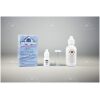
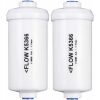
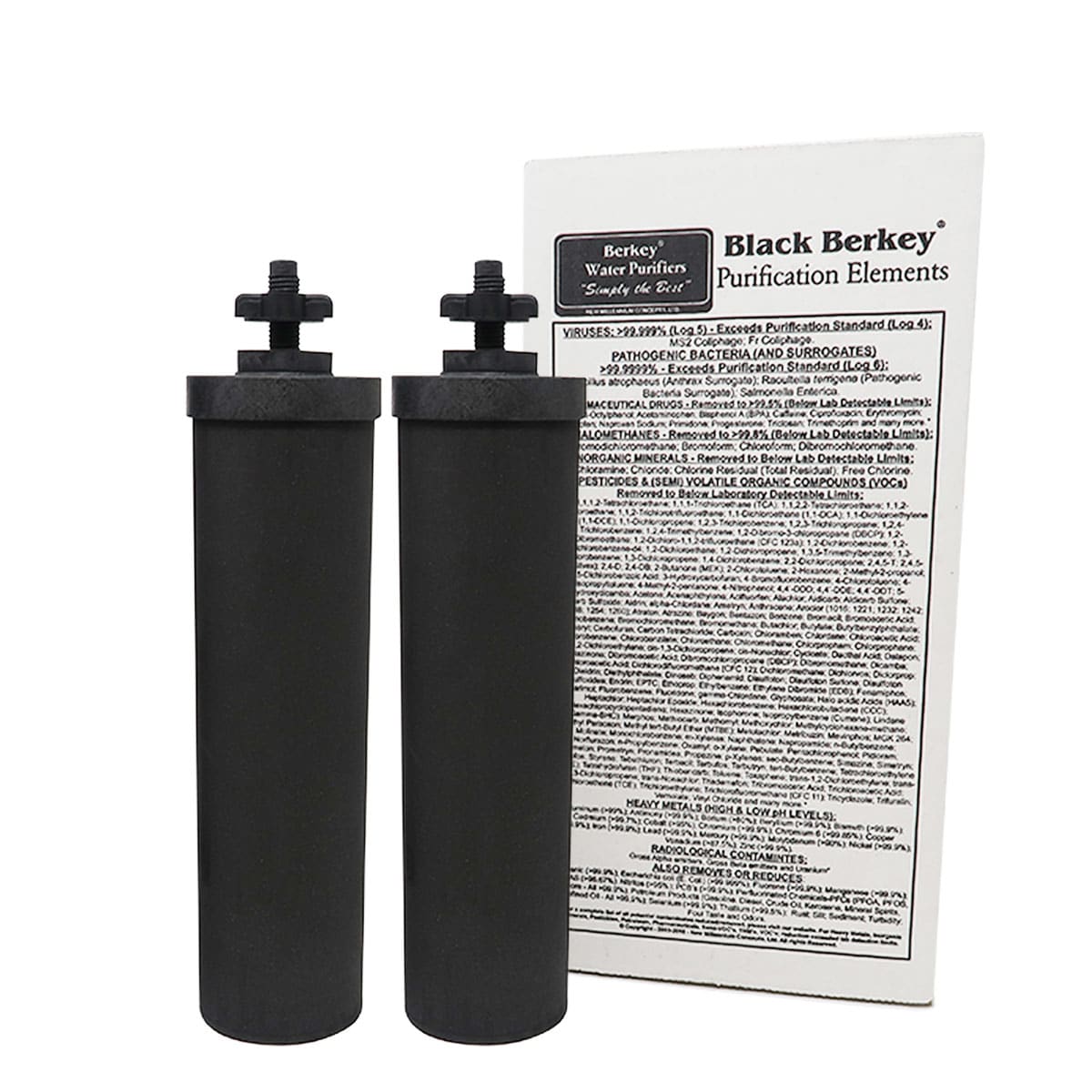
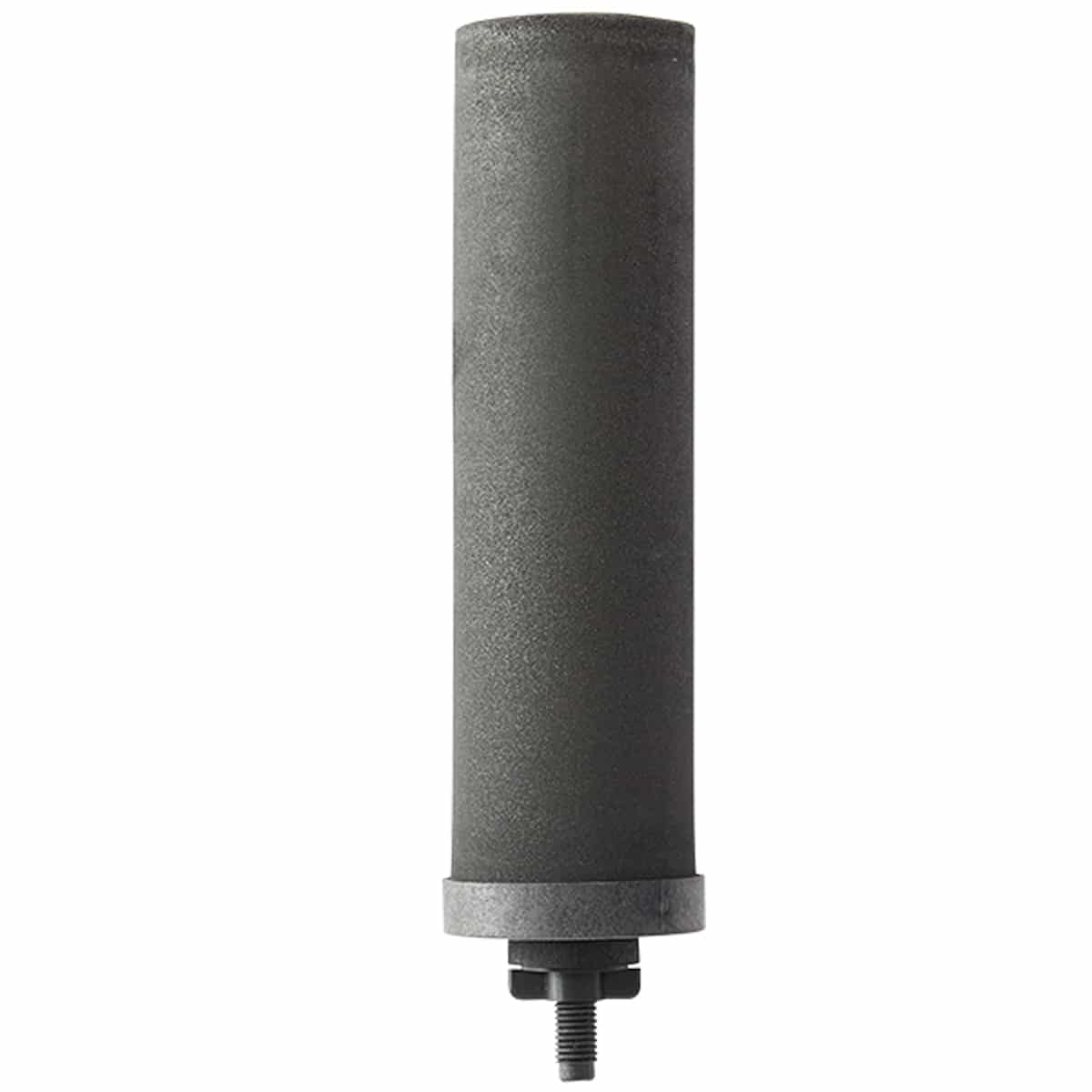
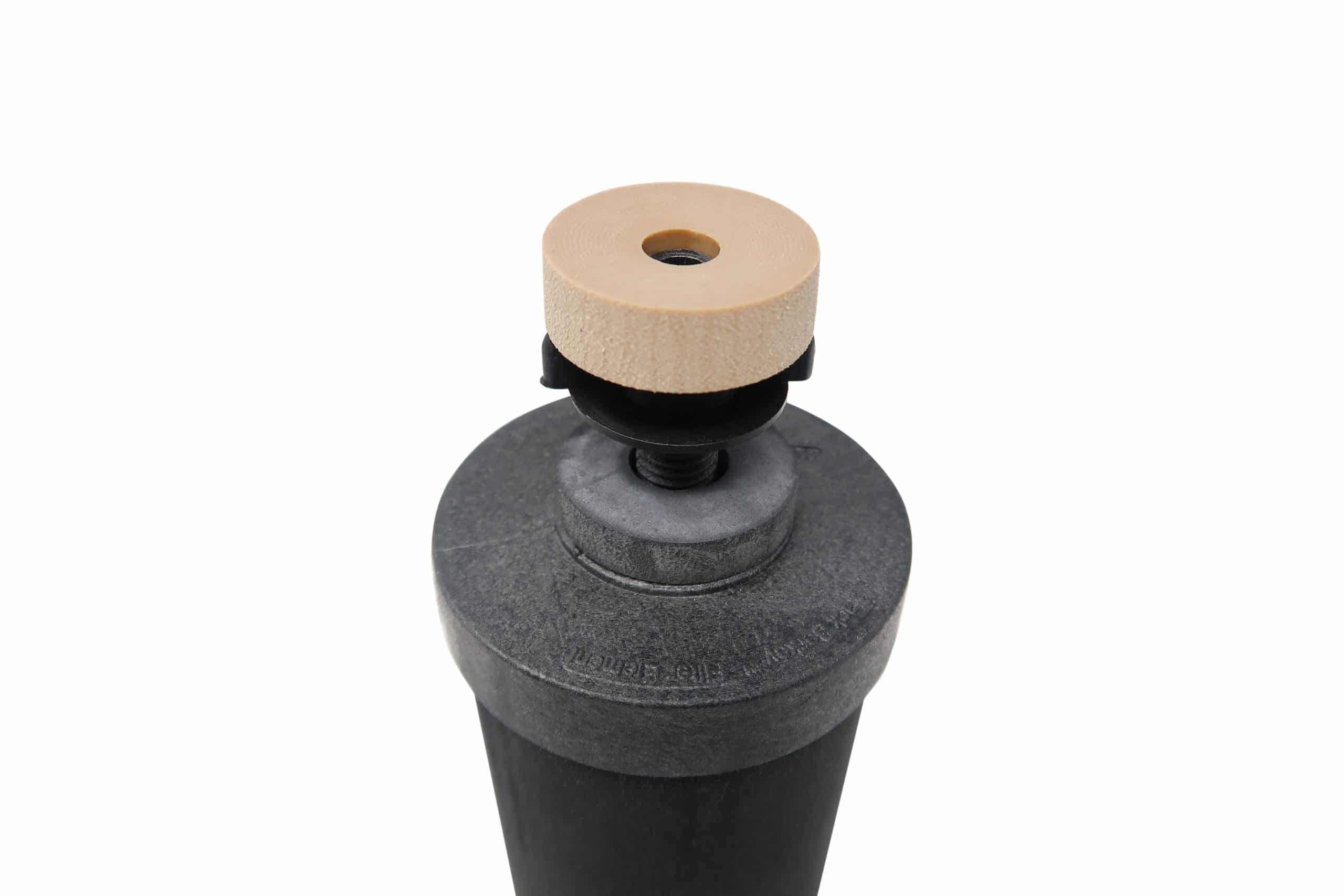
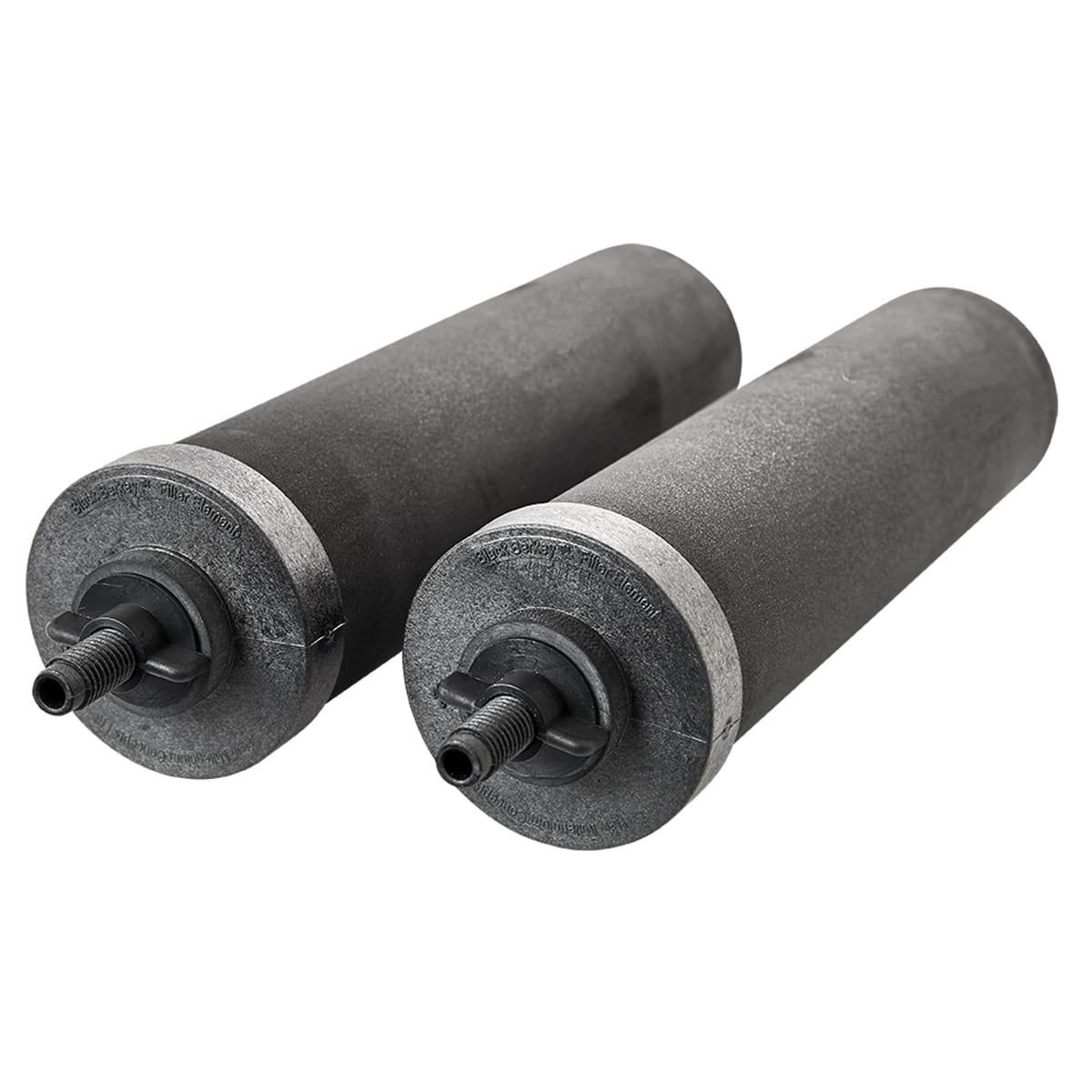
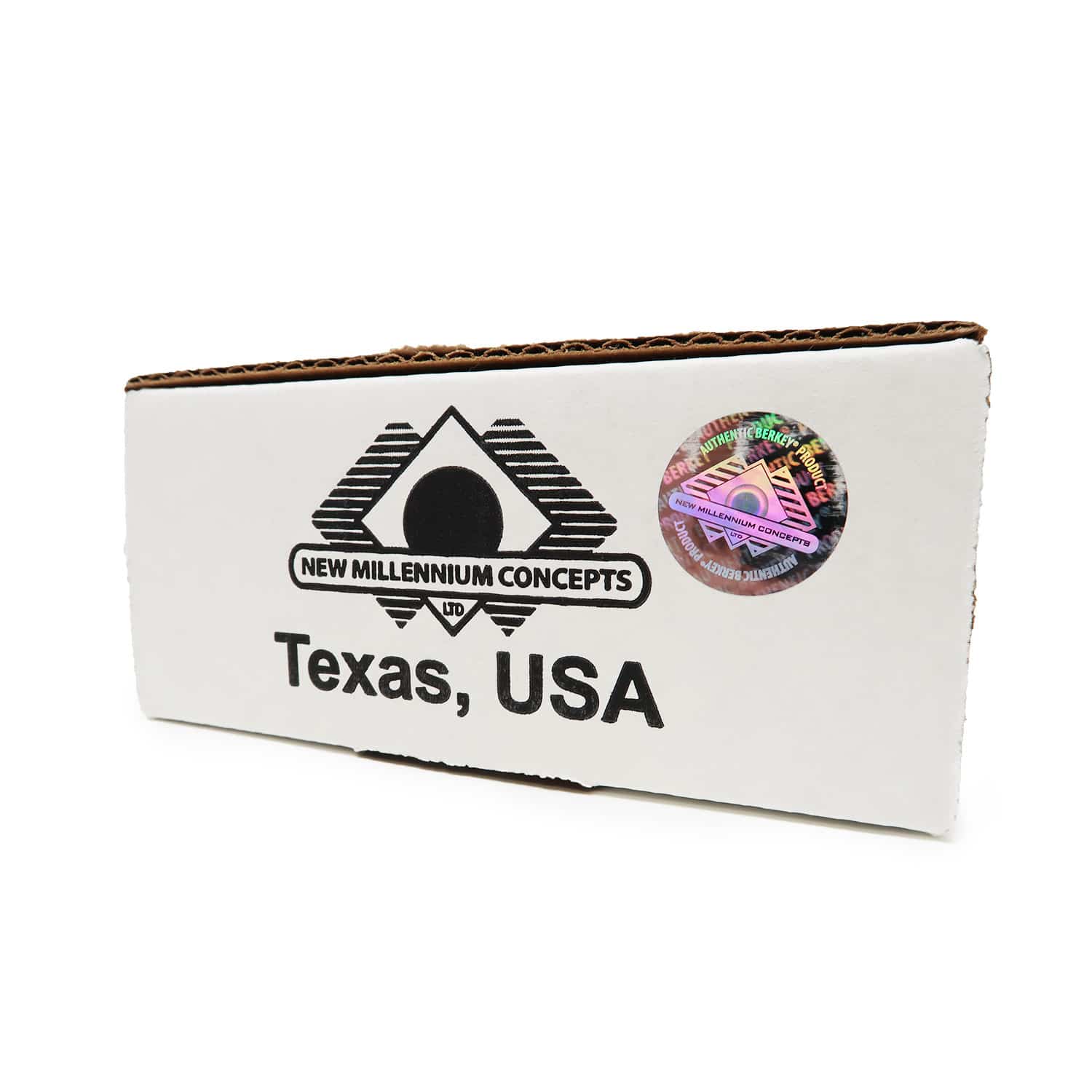
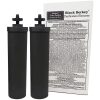
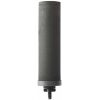
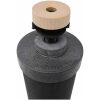
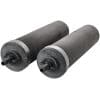
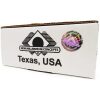
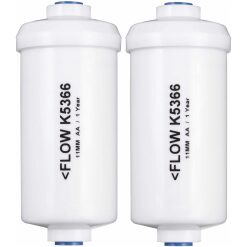
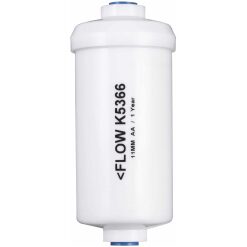
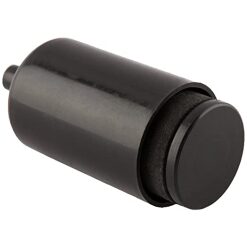
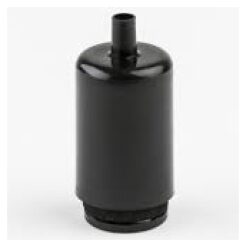
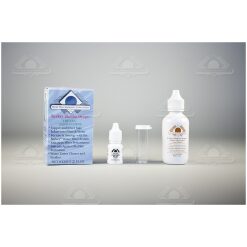
Reviews
There are no reviews yet.